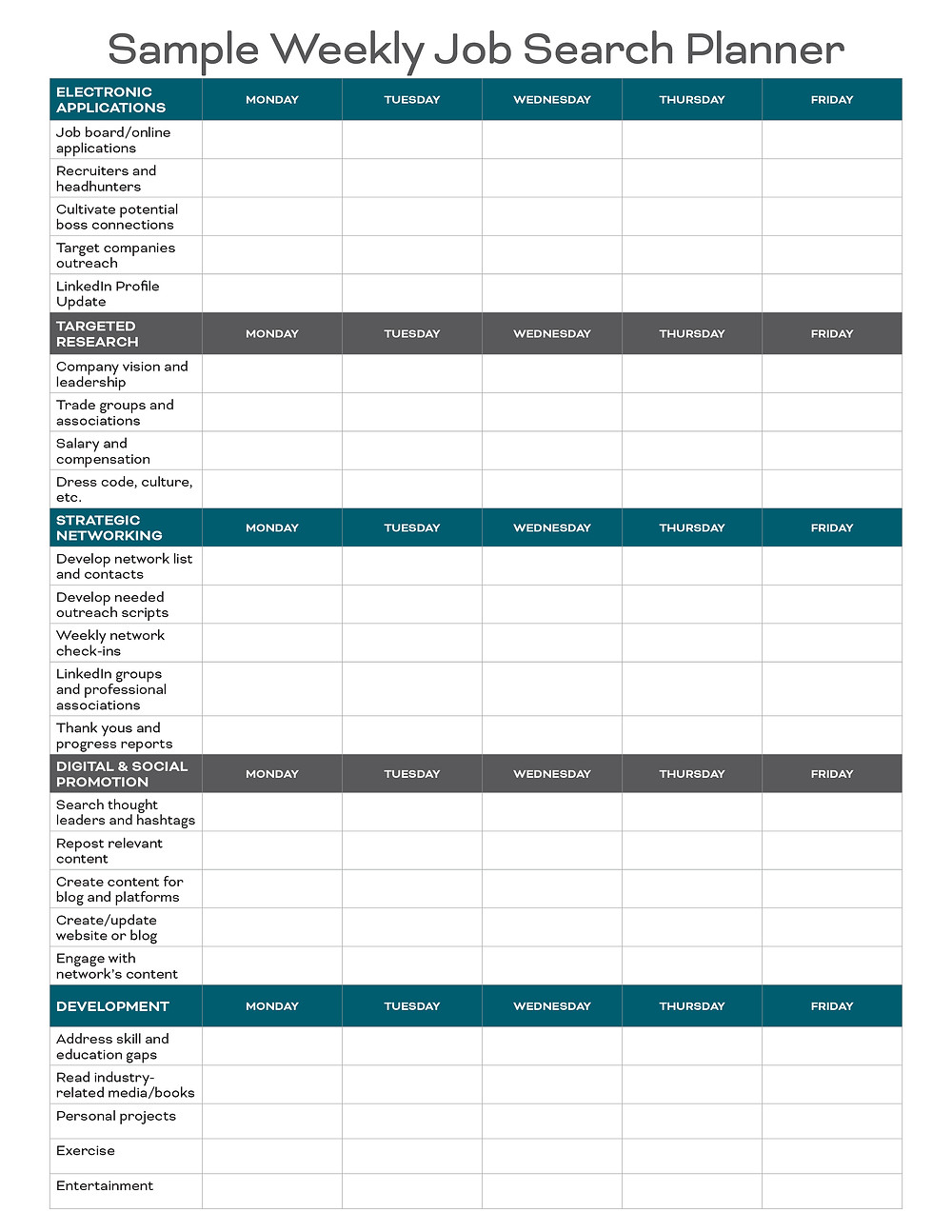
Job rotation programs can be used to ensure that the right person is placed in the right job. The ideal match for maximum productivity is when the right person is in the right job. Unmatched employees will not yield the desired results. They can also cause tension within their company. Company progress will be made easier by having the right person with the right job profile.
Job rotation programs have their disadvantages
Job rotation programs have several advantages and disadvantages for employers. They can help employees grow their skills and become more adaptable to their new roles. Online courses and classroom training can be provided for employees to enhance their performance in their new positions. Additionally, companies can monitor and adjust their employees' performance. This can help employees get a sense of what they can expect from a new job and stay motivated to perform well. However, job rotations can be expensive.
Another drawback of job rotation programs are their inability to help employees grow. Some employees may become bored quickly and lose their interest. Others might not be as able to grasp the information they need. Disgruntled workers can also result from job rotation programs. To make a job rotation program successful, employers must make sure employees buy in to the program. It can be hard to convince employees to join a job rotation program. All employees should receive proper training. Insufficient training can lead to lower motivation, and employees will take longer to reach their full potential.

Guidelines for creating job rotation programs
A successful job rotation can keep employees on track toward their career goals and prepare them to be promoted. It should have specific goals that allow managers to gauge success and empower employees to take control of their own development. The process should also include constructive feedback, which will help the organization to improve the program and identify gaps in its processes.
Communicating about the job rotation program must emphasize its benefits and objectives. This will create excitement among employees. Job rotation can be costly and complex. Management must understand why the program is necessary, the expected outcomes and any potential problems. The job rotation program should have three steps in order to be successful.
A job rotation program has many benefits, not only for the employees but also for the company. A job rotation program not only provides opportunities for growth, but also helps to improve the company's performance and morale. Employees also benefit from better understanding of the business.
Cost of job rotation programs
One benefit of job rotation programs for managers is the ability to evaluate each employee's strengths as well as weaknesses and to determine the most qualified candidate for a specific job. This helps managers create a talent pipeline, which helps them replace staff who leave the company. However, this practice has its disadvantages, and it may not be right for every company.

Job rotation programs also come with their own costs. Employers who invest in such programs must spend significant amounts of money training their employees for new roles. This applies both to the new employees and to the managers who will have to train them. Some employees might not be the right fit for certain jobs. This can lead to poor performance.
Employers can also benefit from job rotation programs to keep their employees. Research has shown that employees who participate in job rotation programs are happier and more engaged with their jobs. Additionally, they are more likely stay with the company longer.